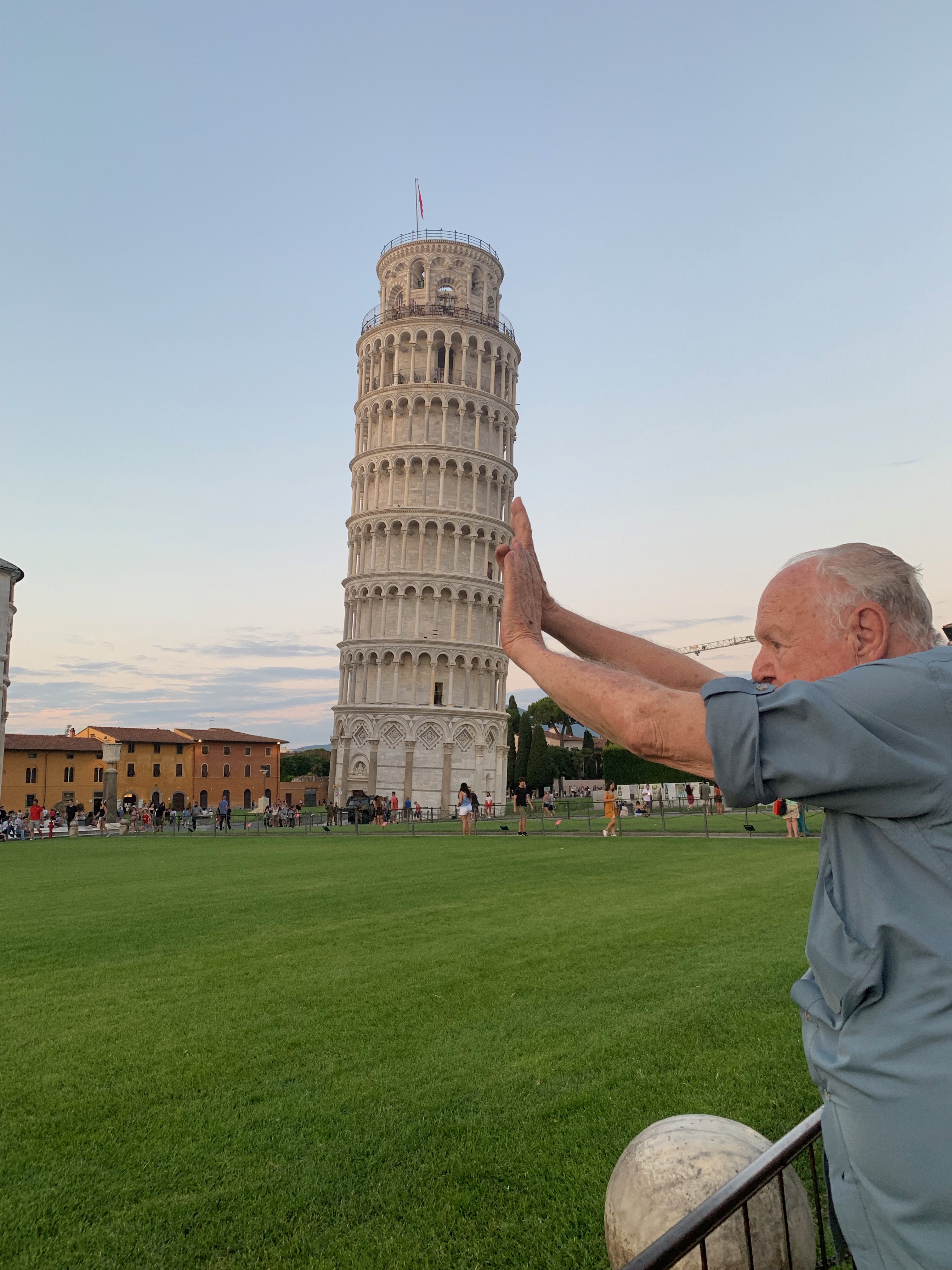
If black holes formed in the first seconds after the big bang, they may still be around in colossal clusters that are practically invisible.
In the very early universe, everything was so dense that the radiation that filled the cosmos could have collapsed to create primordial black holes. If these black holes have survived, they could have become much smaller – and thus harder to detect – than black holes that formed the usual way, through the collapse of a giant star.
Juan García-Bellido at the Autonomous University of Madrid in Spain and his colleagues ran more than 5000 simulations to see how these clusters could have evolved.
They found that there could now be clusters of black holes – each hole about the mass of the sun and just a few kilometres wide – stretching across thousands of light years. Their gravitational jostling could end up ejecting black holes from the cluster at about 1000 kilometres per second (arxiv.org/abs/2006.15018).
Read more: Why it’s better to fall into a big black hole, and other bizarre facts
While this implies that there are hard-to-detect black holes hurtling through space at high speed, García-Bellido says there is no reason to worry. “The chances that one of these black holes, which have been slingshotted from one of these clusters, may hit the solar system anytime soon is one in many, many billions of trillions,” he says.
The researchers found that the clusters of black holes and the free black holes that they send flying across the universe should behave in very similar ways to dark matter, a mysterious substance whose existence we can only infer from its gravitational effects on the objects around it.
That means that if primordial black holes are out there, they may be the solution to the long-standing question of what makes up dark matter, says García-Bellido
Read more: https://www.newscientist.com/article/2249471-the-universe-may-be-full-of-enormous-clusters-of-tiny-black-holes/#ixzz6Sq6eokBg
